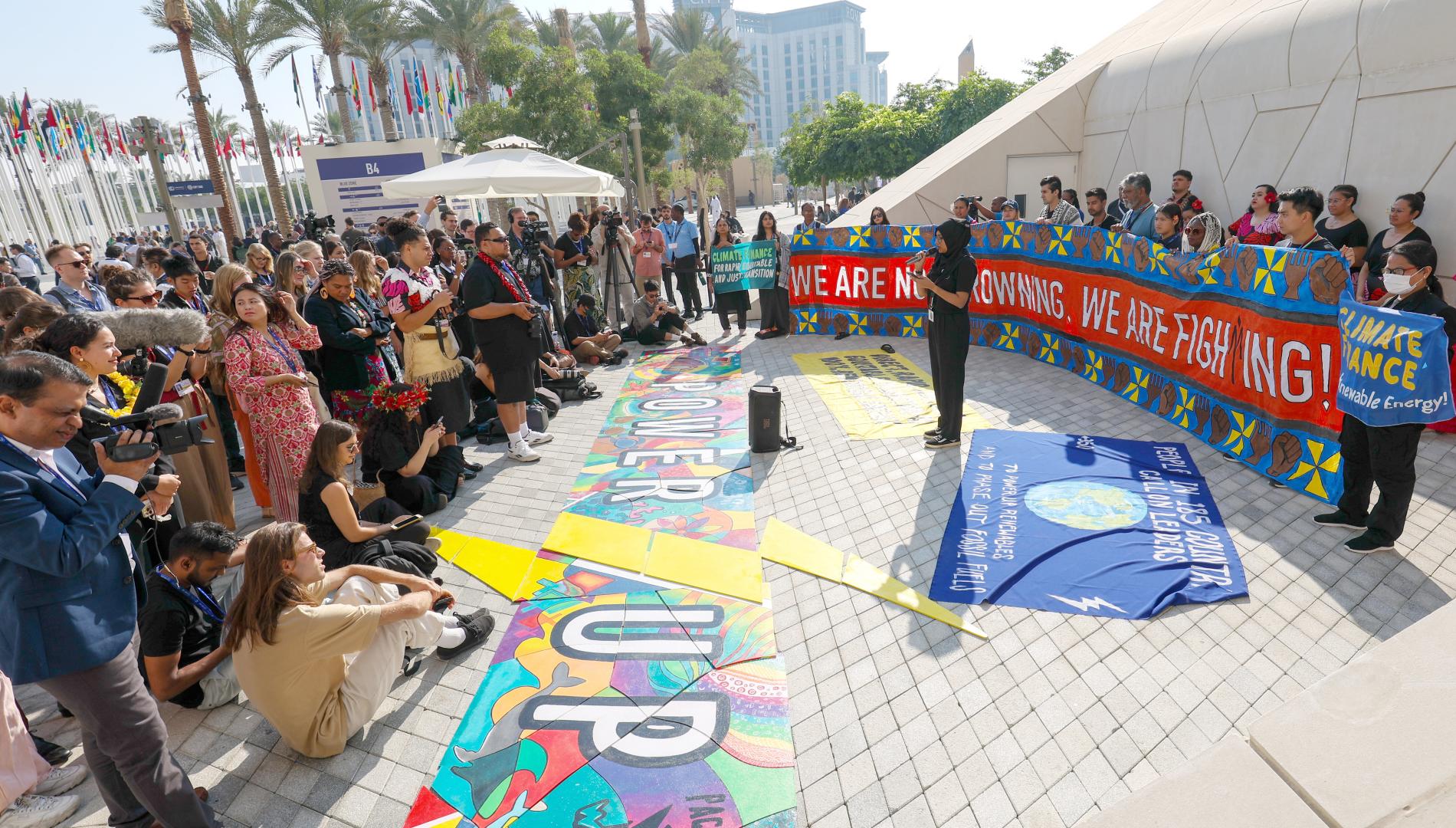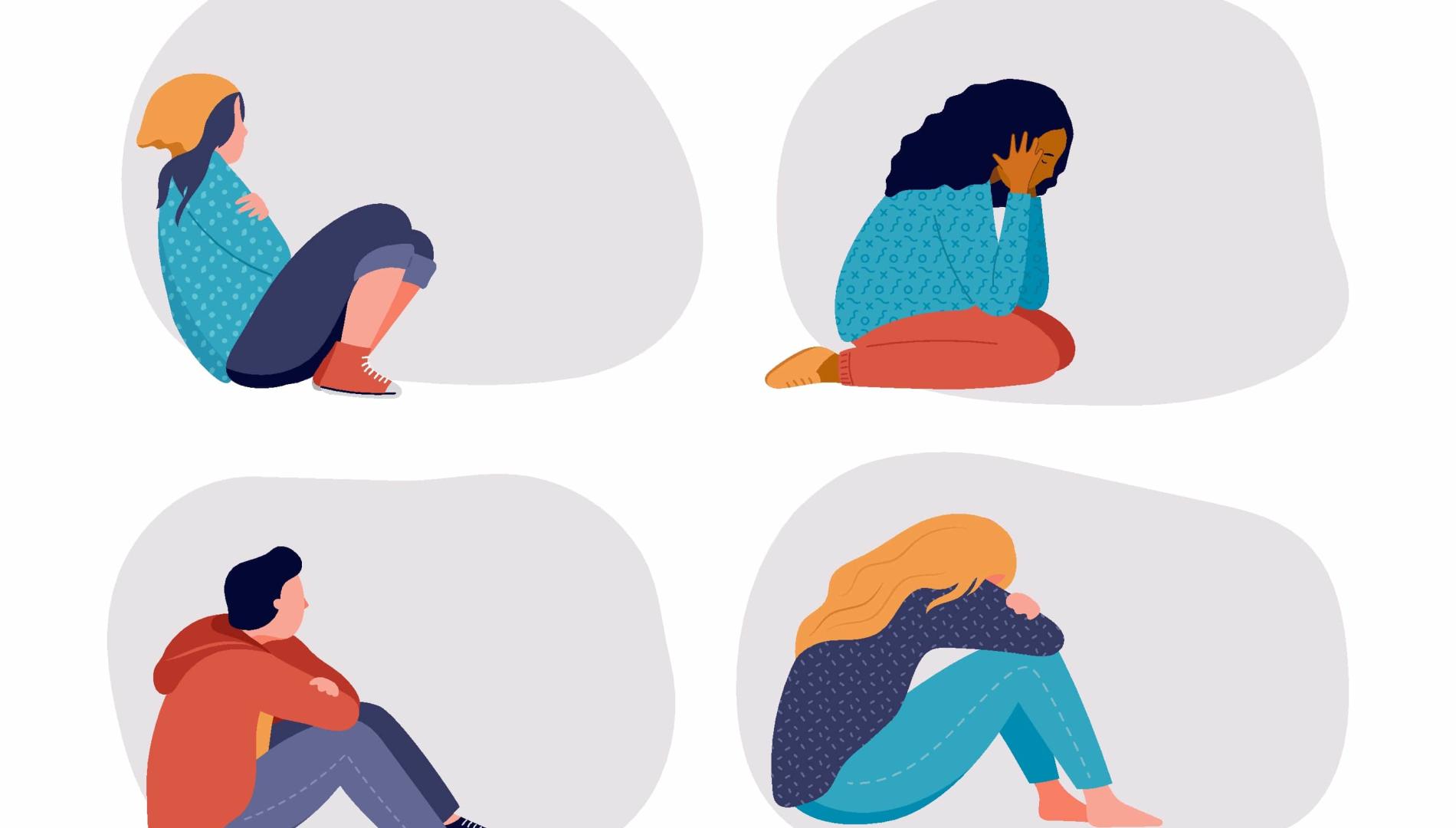“Youthquake” was Oxford English Dictionary's word of the year in 2017 to describe a “significant cultural, political, or social change arising from the actions or influence of young people”. The term was associated with waves of youth protests throughout the world, such as the Arab Spring.
While we have seen youth protests in Australia, such as the School Strike 4 Climate movement, such upheavals have been less pronounced – until possibly now.
Gen Z and Millennials will outnumber generations born before 1966 in every state and territory at this federal election, in a youthquake unsettling Australian politics.
The last census shows that Gen Alpha (born 2011-21) comprised 7.5% share of the population. Gen Z (1996-2010) were 21.5%, and Millennials (1981-95) 19.3%. Gen X (1966-80) made up 21.5% of the population share, while Baby Boomers (1946-65) comprised 18.2%, and the Interwar cohort (1945 and earlier) 12%.
Gen Z and millennial creators are leading the political charge this election campaign, as these two cohorts of voters will outnumber baby boomers for the first time.https://t.co/ax0qSI6nG7
— The New Daily (@TheNewDailyAu) April 7, 2025
As recent generations face insecure work, financial hardship and difficulty accessing affordable accommodation, this generational shift is significant. Let’s focus for a moment on young people.
While diverse, young people today share similar concerns. For example, the Salvation Army’s Social Justice Stocktake identified five issues that young Australians want addressed – mental health (53.9%), housing affordability (52.4%), alcohol and drug misuse (42.6%), family violence (35.4%), and homelessness (35.1%).
Mission Australia’s 2024 Annual Youth Survey of people aged 15-19 shows that the most important issues in Australia today are cost of living (56%), climate change and the environment (27%), violence, safety and crime (25%), and mental health (23%).
Our 2024 survey of Australians aged 18-24 found the top five issues that need immediate action are affordable housing options (73%), employment opportunities (52%), climate change (40%), race relations and racial inequality (32%), and gender inequality (29%).
These different surveys show five major concerns of young people – health, housing affordability, employment and financial matters, climate change, and equity and discrimination.
A through line across these data is insecurity – psychologically, financially, existentially – which is felt locally and globally.
Read more: Youth barometer paints a bleak picture of young Australians in 2024
In parallel, there’s a growing and persistent distrust in politicians and collective organisations such as parties and unions. Young people’s choices in the 2025 federal election might not only be about voting for a particular candidate or party; it might be democracy itself that is questioned.
A 2024 Lowy Poll found that a:
“… large majority of Australians (72%) see democracy as preferable to any other kind of government. Younger Australians are less likely than older Australians to say democracy is preferable, a gap that has widened slightly since 2022.”
What if the system is seen to be failing? Failures of representation provide fertile ground for influences ranging from the misogynistic views of influencer Andrew Tate to groups such as School Strike 4 Climate.
Read more: Andrew Tate’s appeal to young men has nothing to do with toxic masculinity
But how dissatisfied are younger Australians?
The evidence is mixed. ANU research shows that “younger Australians (aged 18 to 34 years) are also more likely to be satisfied with the direction of the country than those in the middle part of the age distribution (35 to 54 years) and particularly older Australians (aged 55 years and over)”.
On the other hand, the Lowy Institute found that while the majority of Australians (58%) say they’re optimistic about Australia’s economic performance in the next five years (the second-lowest level of economic optimism in the past 20 years), “optimism fell more sharply in younger age groups”.
While young people cannot be lumped into a homogenous group, many tend to be galvanised to vote according to issues. They have in common – housing affordability, employment and financial matters, climate change, equity and discrimination and health.
These can be exploited. As my Monash colleagues Steven Roberts and Stephanie Wescott have written, influencer Andrew Tate’s “appeal lies in his skilful manipulation of genuine issues, such as economic hardships, and his ability to frame these issues as consequences of feminist efforts towards gender equality”.
Economic hardship amplifies insecurity and inequality, deeply affecting individuals’ decision-making from day to day and election to election. But rather than be a quake, voting decisions in election ’25 will probably register as significant tremors of a longer seismic shift.
While the Arab Spring has receded from view, the voices of recent generations of Australians are forces to be reckoned with. Politicians can no longer ignore them – and will need to win their trust first.
Professor Lucas Walsh is Director of the Monash Centre for Youth Policy and Education Practice and lead author of the report ‘Five top issues for young voters in the 2025 federal election’.






